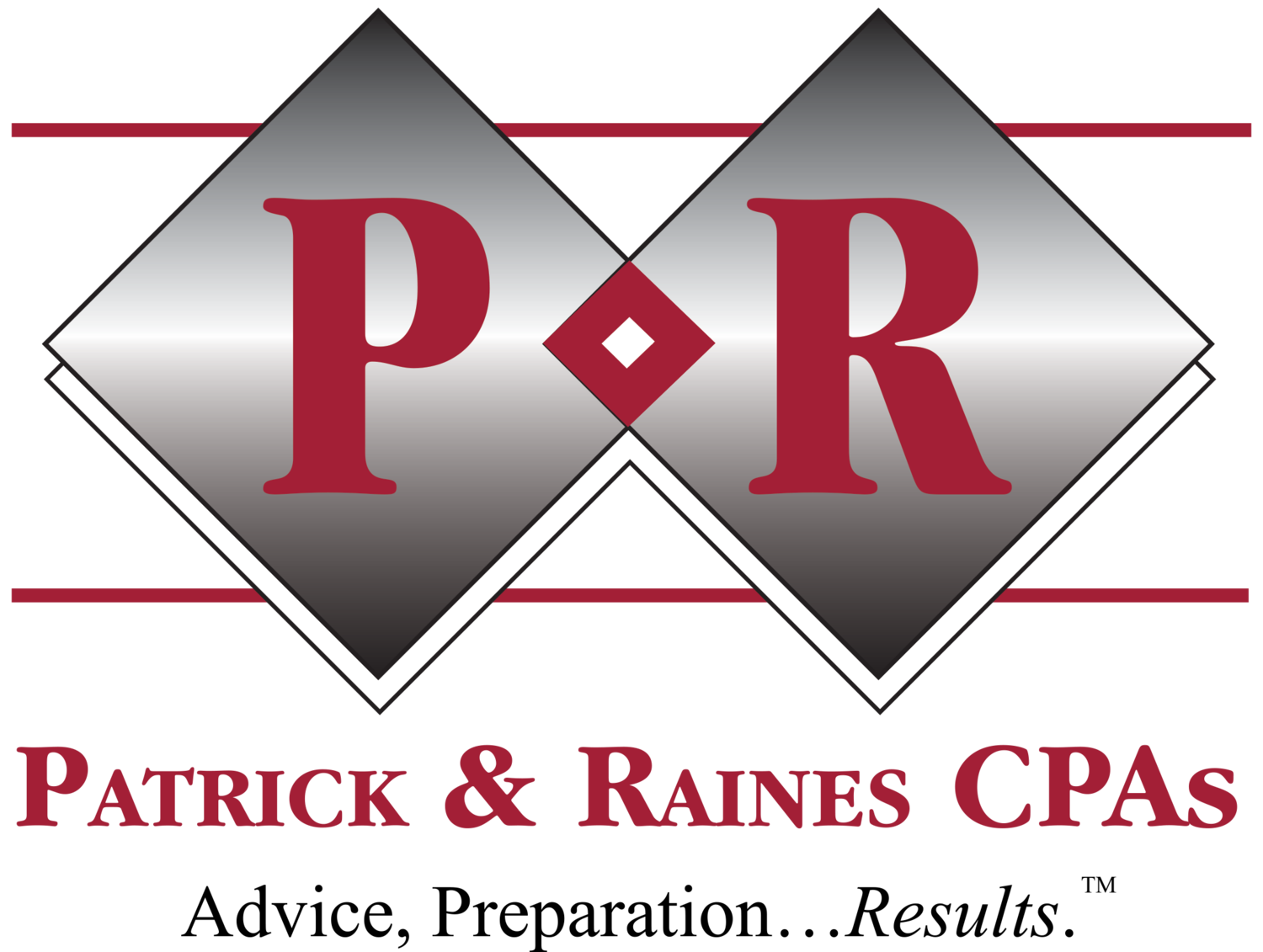Managing Interest Expenses To Maximize Qualifying Deductions
One of the frustrating complexities on a personal tax return is making interest expense deductible. The current law comes from the revision to the Internal Revenue Code in 1986. Essentially, you should manage four categories of interest to ensure you’re maximizing your qualifying deductions:Home mortgage interestThis interest is incurred on the primary residence, plus one other home (which can also be a fully furnished boat or an RV). The interest is deductible on the Schedule A, but is limited to the interest incurred on the amount of debt used to purchase the property, plus improvements.Deductible interest expense is limited to the interest on combined mortgage balances of $1,000,000 or less, plus an additional $100,000 on a second mortgage or home equity loan. Points do not count toward this limit, so lowering the periodic rate by paying extra at closing may leverage you a slightly higher total deduction.Interest above these limits falls under personal interest, discussed below.Investment interestThis Schedule A deduction is limited to the amount of investment income, primarily taxable interest and dividend income. For example, a margin account or a loan used to acquire an investment asset that does not generate current income qualifies for the Schedule A deduction.If tax-exempt interest is earned in a particular year, the ratio of that income to total investment income is used to determine what investment interest expense is disallowed.It’s also possible to increase the amount of investment income reported in a particular year by electing to treat net capital gains as investment income. The down-side to this approach is that the lower capital gains tax rates are waived, but making the election may make sense to avoid losing the deduction.If the total investment interest expense exceeds the total investment income in a particular year, the excess may be carried for up to five years into the future.Business interest This deduction includes interest paid for rental property. To qualify, the proceeds of the debt must be used for business purposes and the activity should be non-passive; or if it’s passive, it must be combined with other passive activity to create a net income of at least enough to prevent the losses being limited by the passive loss rules.If a net passive loss does get limited in a particular year, the interest expense is included with that loss. It is suspended until a future year has sufficient passive income to take an allowable deduction, or until the activity is sold and the suspended loss is included in the net income reported from the sale.Personal interestFinally, all other interest expense (credit cards, auto loans, vacation loans, etc., in addition to those excesses mentioned already) is considered personal interest, which has no income tax effect.If you need help planning your debt structure to maximize your deductible interest, feel free to contact us by phone (904-396-5400) or email.

